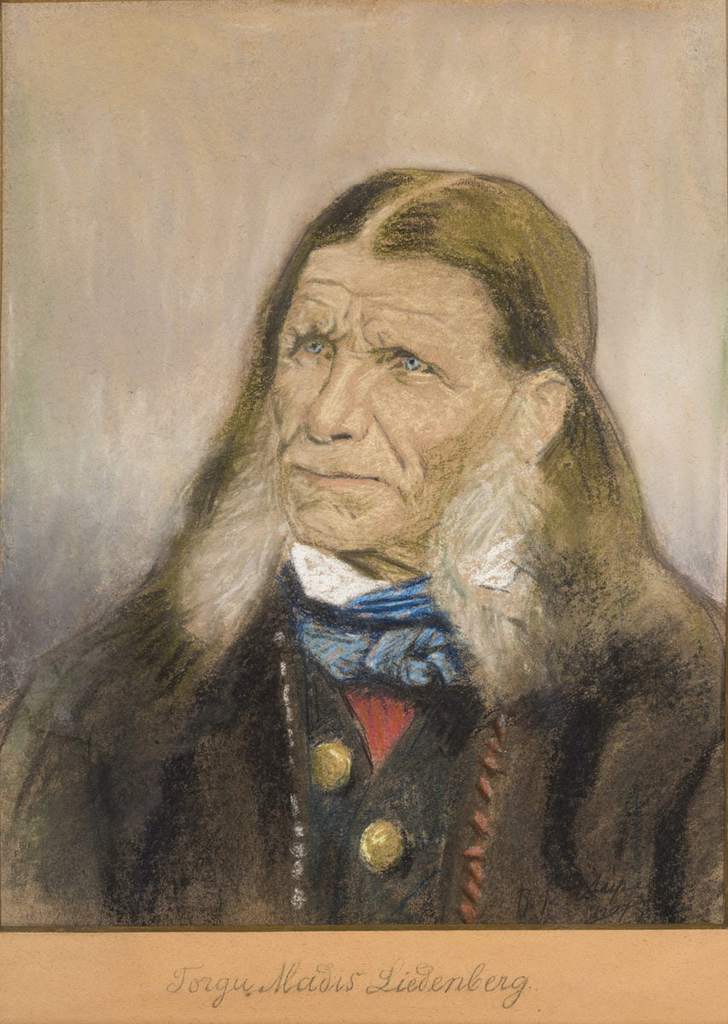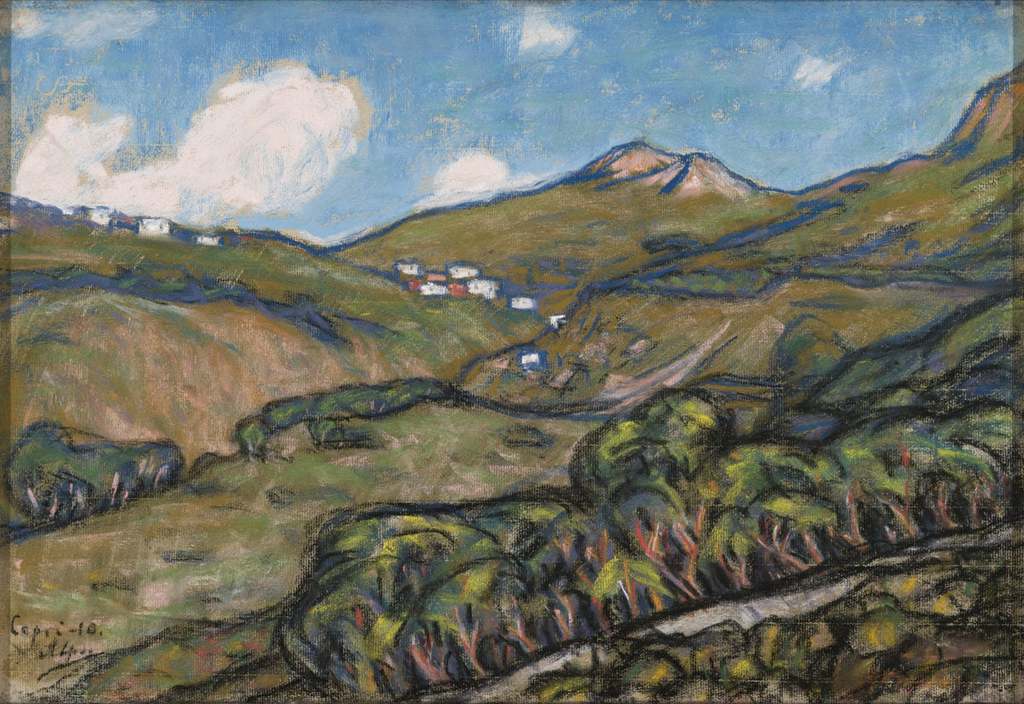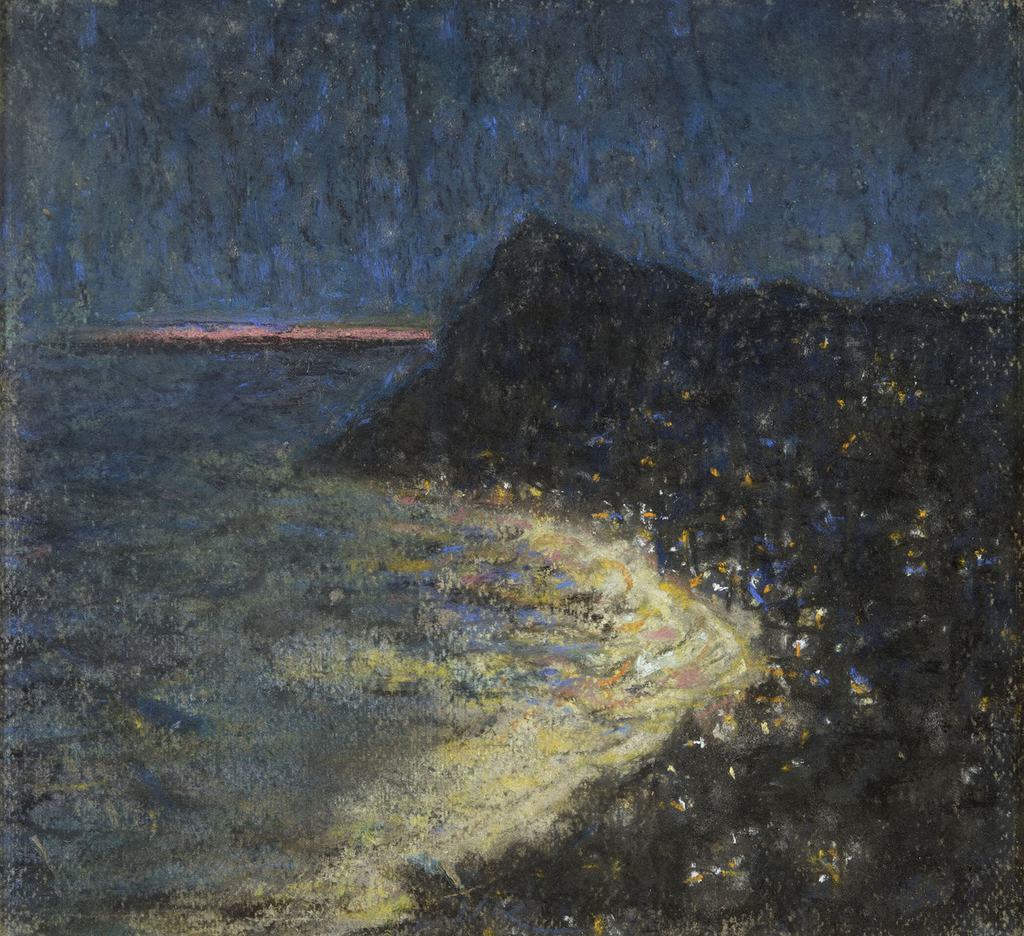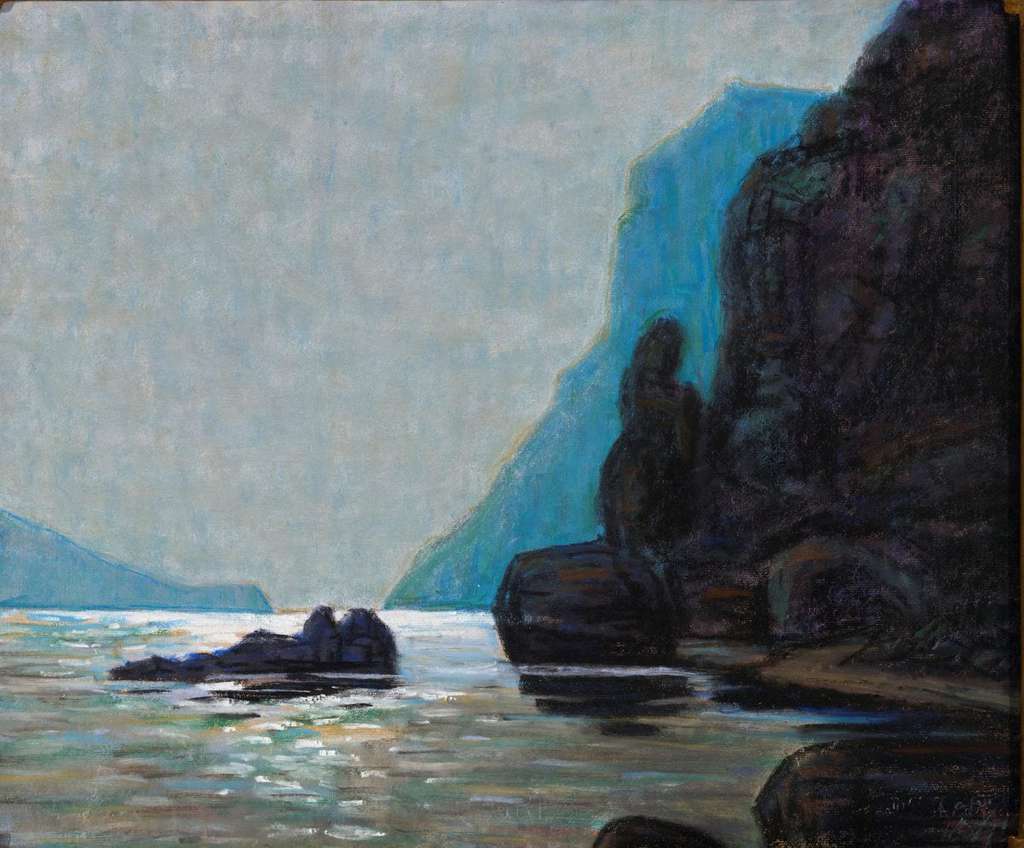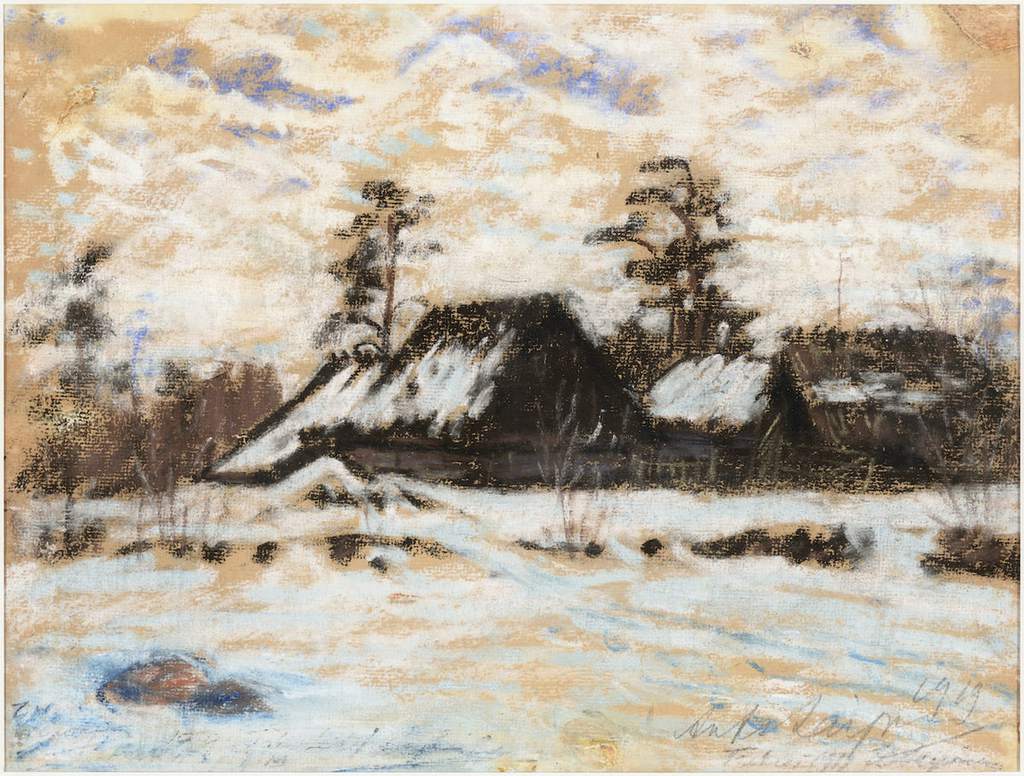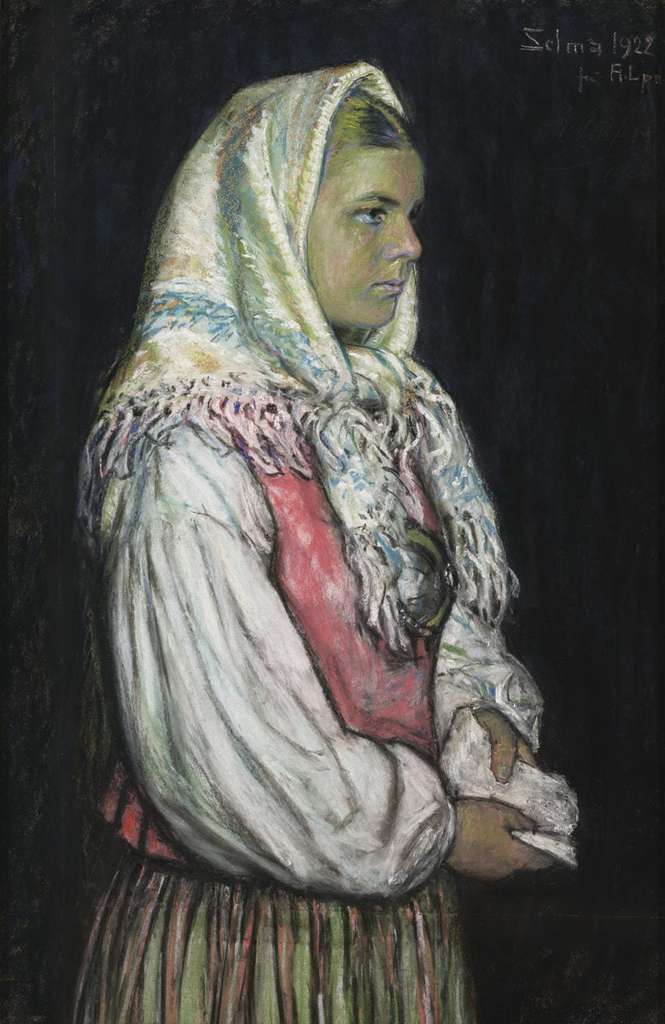Ants Laikmaa was one of the most important artists and organisers of artistic life of the first half of the 20th century. Pastel paintings set the tone in the body of his creative work as an artist: he created both landscapes and portraits in pastels. Among other things, the introduction of impressionism into Estonian art is associated with his name. Laikmaa studied briefly in St. Petersburg and for a slightly longer period in Düsseldorf, yet as of 1901, he lived in Estonia again. Two years later, he founded a studio school that developed into an important educational institution. Over the course of 20 years, nearly 800 people studied there (for instance among others Herbert Lukk, Johannes Greenberg, Paul Burman, Johannes Võerahansu and many more).
Both Laikmaa’s art and his activity related to art was inspired by nationalist ideals. He repeatedly portrayed noteworthy personages in his art (for instance Marie Under, Miina Härma, Fr. R. Kreutzwald, Estonian peasants, and so on) or depicted natural settings of his Estonian homeland. Laikmaa’s works completed in Italy, Capri, Tunisia and elsewhere in the early 1910’s form a separate chapter. From the 1920’s onward, Laikmaa rarely participated in exhibitions and withdrew from active artistic life in the 1930’s, closing down his studio school as well.
